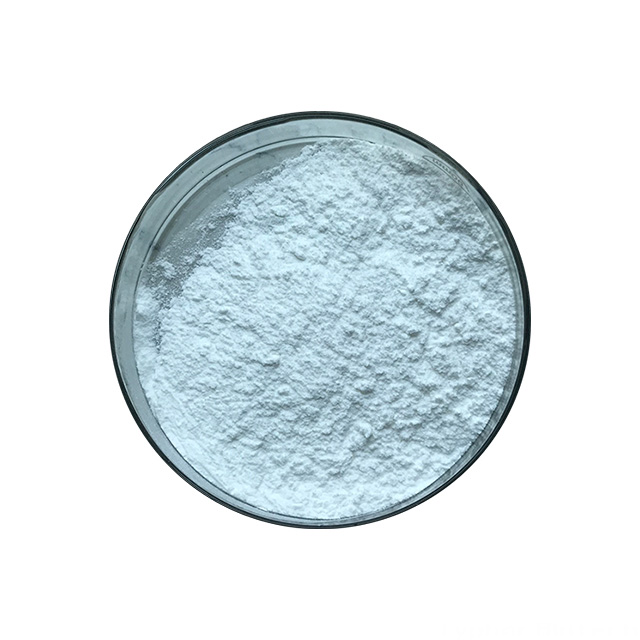DMSA Powder is the organosulfur compound with the formula HO2CCH(SH)CH(SH)CO2H. This colorless solid contains two carboxylic acid and two thiol groups, the latter being responsible for its mildly unpleasant odour. It occurs in two diastereomers, meso and the chiral dl forms. The meso isomer is used as achelating agent. The acid is most often used as a treatment for heavy metal toxicity, and is a water soluble and non-toxic substance.
Application Area:
DMSA Powder is indicated for the treatment of lead poisoning in children with blood level measured above 45 µg/dL. The use of DMSA is not approved for prophylactic/prevention of lead poisoning in anticipation of exposure in known lead contaminated environments. Its elimination half-life is 2.5-3.5 h. DMSA can cross the blood–brain barrier of mice, but not that of humans, limiting its use to extracting heavy metals from parts of the body other than the central nervous system.
Another application for DMSA is for provocation of tissue heavy metals in anticipation of a urine test. This is sometimes called a "challenge" or "provoked" heavy metals test. DMSA is used to help mobilize heavy metals stored in body tissues (and therefore not typically present in the circulation) and increase the excretion of heavy metals in the urine. In a study by Howard Frumkin et al., this sort of test was shown to not reliably provide an indication of past chronic mercury exposure, something it was often used for. A 2004 study by GP Archbold, et al. called the results of a DMSA challenge test "misleading" for the purposes of diagnosing mercury toxicity. Moreover, DMSA share the limitation of extracellular distribution, which makes it unable to cross the cell membrane and chelate heavy metals from intracellular sites.
The relative activities of a series of novel monoalkyl esters of meso-2,3-dimercaptosuccinic acid (DMSA) have been examined as agents for the mobilization of cadmium, lead and arsenic owing to the ability of these monoesters to cross cell membranes. The monoesters were found to be more effective than the parent compound DMSA.



